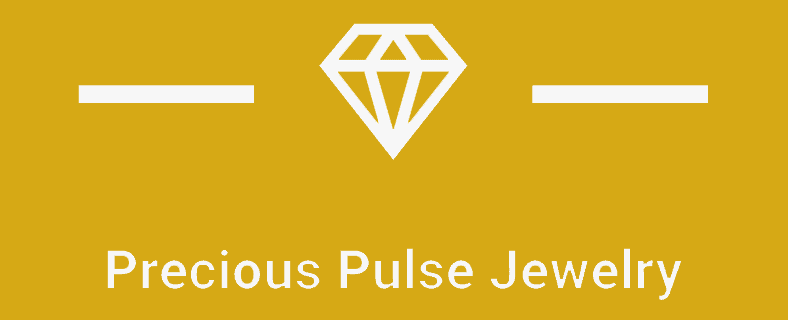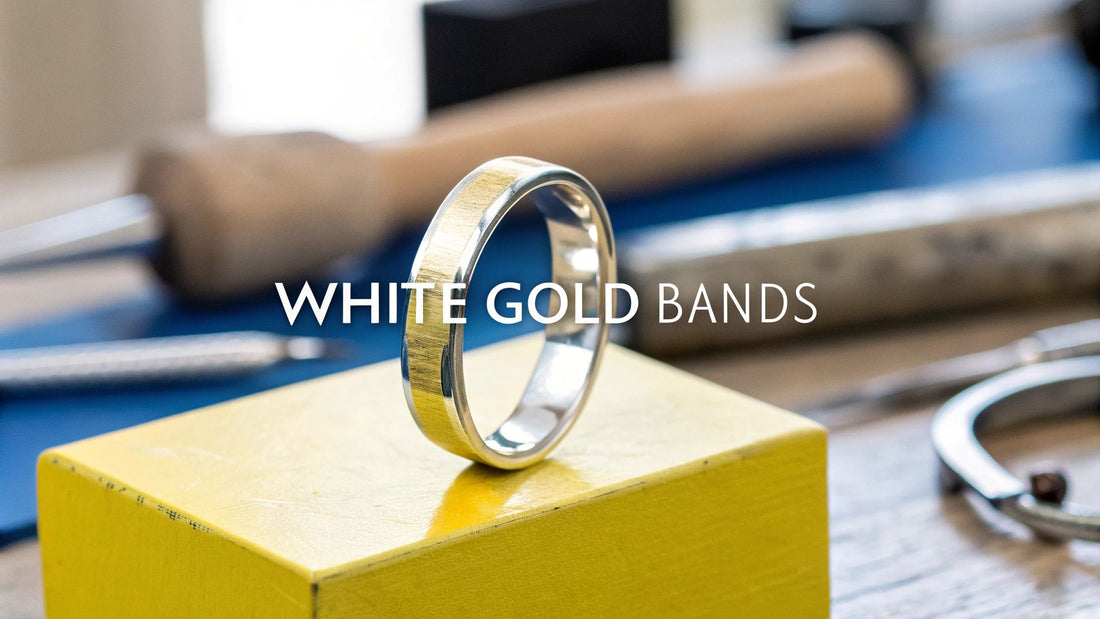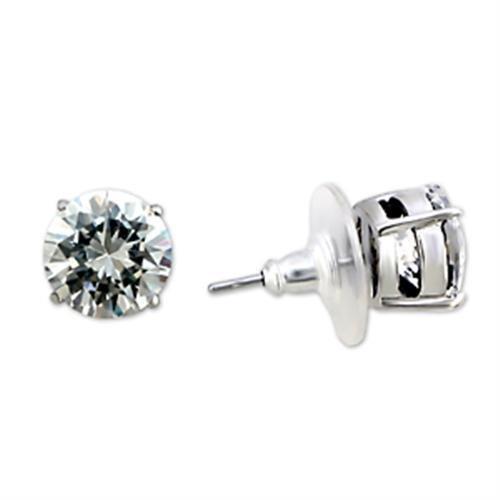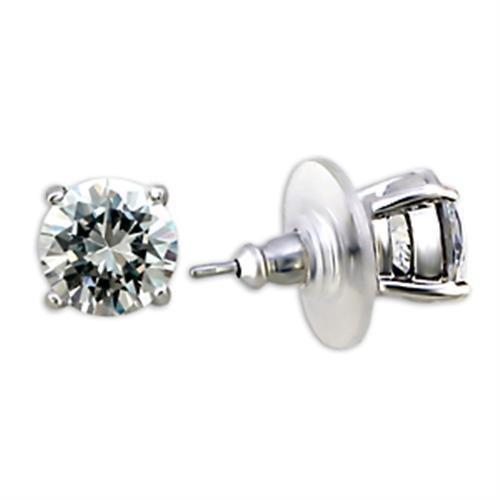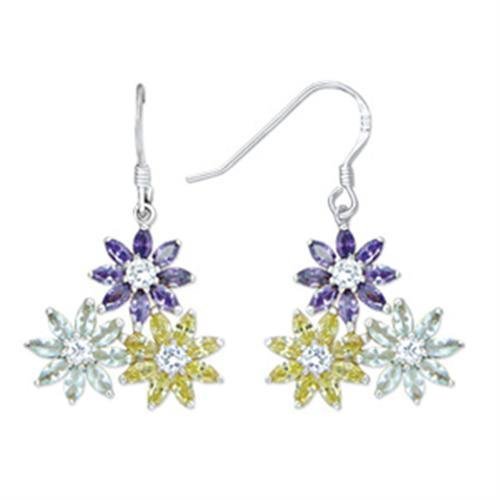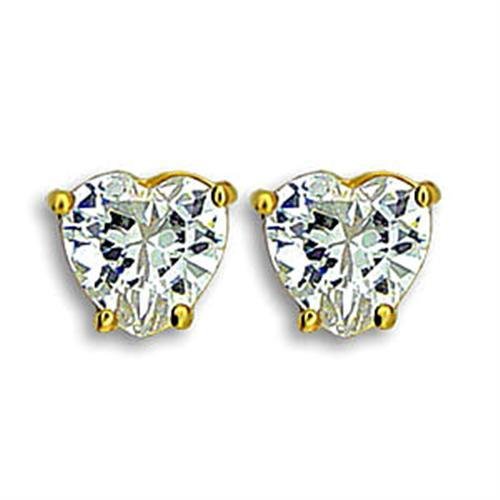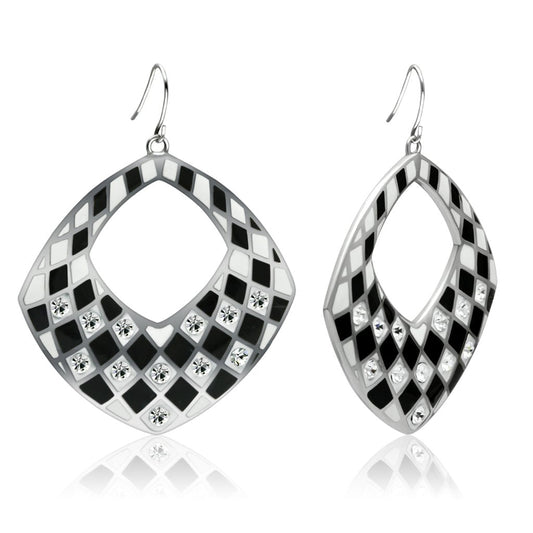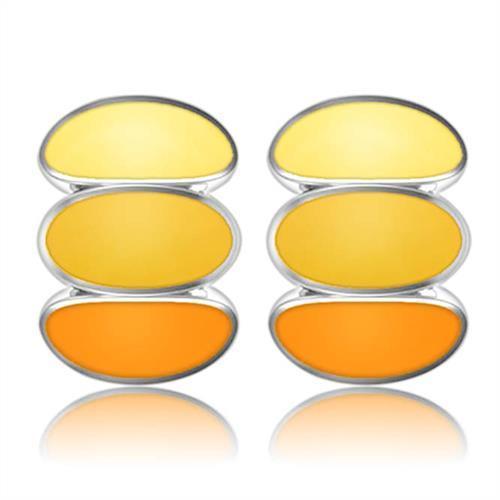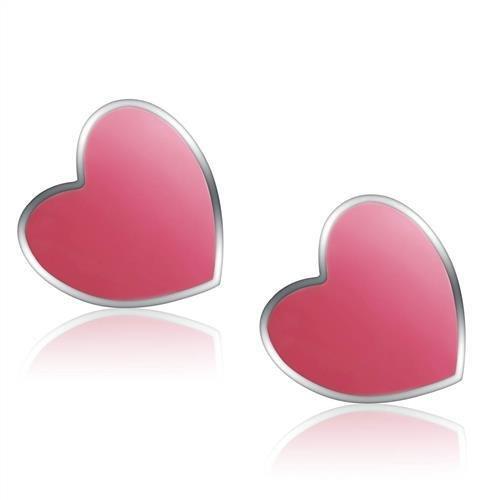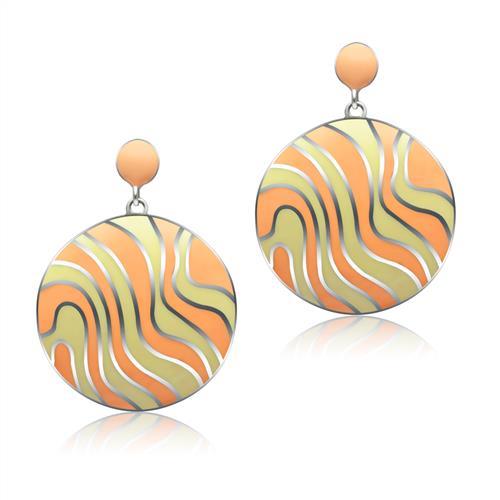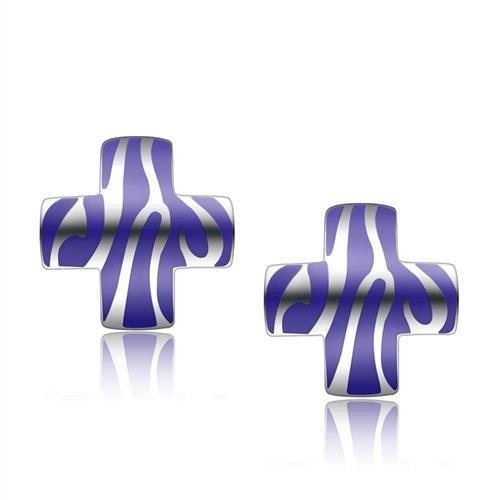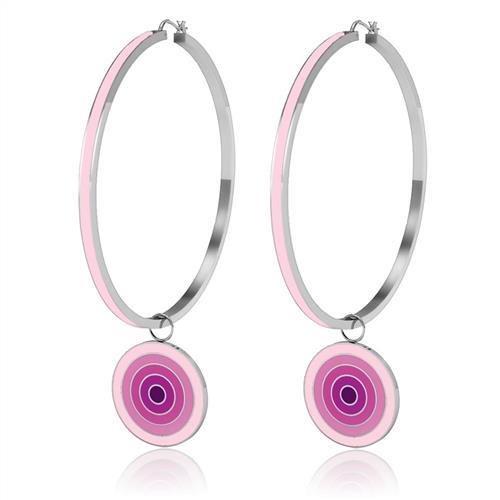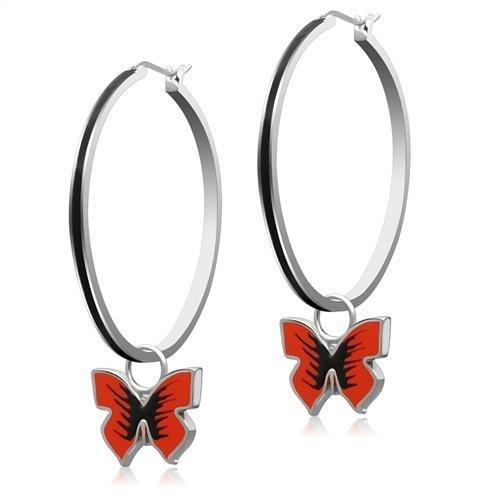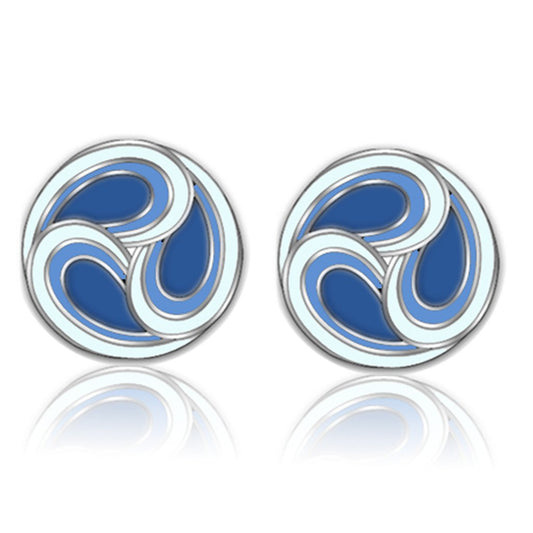Choosing a wedding band is one of those big, meaningful decisions, and white gold wedding bands are consistently at the top of the list for their perfect mix of classic style and modern cool. Think of this guide as your personal consultation—a walkthrough of everything you need to know to feel totally confident in your choice.
Why Choose a White Gold Wedding Band
Picking the right wedding band is about so much more than how it looks. It's about finding a symbol that feels like you and represents a lifetime of commitment. So, why do so many couples choose white gold? It has earned its spot as a favorite because it hits that sweet spot of brilliance, durability, and versatility. It gives you the timeless value of real gold but with a crisp, silvery-white shine that works with any style, making it a perfect match for both modern and vintage engagement rings.
This guide will demystify what white gold actually is, stack it up against other popular metals, and show you some of the most sought-after designs. We'll also get into the practical stuff, like how to care for it and what to look for when you're shopping. The goal? To give you the knowledge to pick a ring that truly reflects your love and personal taste.
The Enduring Popularity of White Gold
The love for white gold isn't just a fleeting trend; it’s a powerhouse in the jewelry world. The global demand for wedding rings has seen massive growth, which points to a real desire for luxury and personalization.
The global wedding ring market hit a staggering USD 101.51 billion in 2024 and is on track to reach USD 196.42 billion by 2032. This boom highlights a sustained demand for high-quality, customized rings—and white gold is a major player in that story.
This enduring popularity means a white gold wedding band isn't just a beautiful choice for today, but a timeless investment for tomorrow. Its strength in the market is a clear sign of its lasting value and desirability among couples all over the world. You can learn more about these global wedding ring market trends from Maximize Market Research.
Understanding What Makes White Gold Unique
So, what exactly is white gold? It’s a common surprise to learn that it isn’t dug out of the earth with that familiar, silvery-white sheen. Instead, it’s a brilliant creation—a carefully engineered blend of pure, naturally yellow gold with tough white metals like palladium, silver, or nickel. This alloy process is what gives wedding bands white gold their modern appeal and remarkable strength.
This process transforms pure gold, which is far too soft for daily wear, into a durable metal ready for a lifetime of love. The added white metals also bleach the natural yellow, creating a subtle off-white or pale champagne color. But the magic that gives it that jaw-dropping, mirror-like shine is a final, critical step.
The Secret Ingredient: Rhodium Plating
The brilliant, cool-toned finish everyone associates with white gold actually comes from a process called rhodium plating. Think of it like the clear, protective top coat on a luxury car; it adds an incredible luster and shields the metal underneath. A member of the platinum family, rhodium is exceptionally rare, silvery-white, and highly reflective.
This ultra-thin layer is what gives a brand-new white gold ring its signature look. Over time, this plating will naturally wear away, which is a normal and expected part of owning white gold jewelry. The good news? Restoring that brilliant finish is a simple and routine trip to the jeweler. To get the full picture, you can dive deeper into what rhodium plating is and why it's essential for keeping your ring looking its best.
Decoding Karats: 14k vs. 18k
When you start shopping for a wedding band, you’ll immediately run into numbers like 14k and 18k. These "karats" are simply a measurement of the gold's purity in your ring. Pure gold is 24 karats, but since it's too soft to hold up in jewelry, it's mixed with other metals to give it strength. So, which one is right for you?
To really get a feel for what makes white gold special, it helps to have a solid grasp on how purity is measured. This guide to understanding gold purity and karats offers a fantastic foundation for any gold jewelry purchase you make.
Here’s a quick breakdown of what this means for your wedding band:
- 14k White Gold: This popular option contains 58.3% pure gold (that’s 14 out of 24 parts) and 41.7% other metal alloys. With a higher percentage of alloys, it’s more durable and scratch-resistant, making it a fantastic, practical choice for anyone with an active lifestyle.
- 18k White Gold: This blend is composed of 75% pure gold (18 out of 24 parts) and 25% alloys. The higher gold content gives it a richer, more luxurious feel. It is slightly softer than 14k gold and may show a warmer, faint yellowish tint a bit more quickly as the rhodium plating wears.
Choosing between 14k and 18k is all about balancing durability with gold purity. While 18k white gold is technically more valuable because of its higher gold content, 14k offers superior hardness for the rigors of everyday wear—a key consideration for a ring meant to last a lifetime. Ultimately, the best choice comes down to your personal priorities for your wedding band.
How White Gold Compares To Other Ring Metals
Choosing the right metal for your wedding band is a big deal, and it helps to know what you’re really looking at. When it comes to wedding bands white gold delivers that sleek, modern look so many couples love, but how does it actually measure up against the other heavy hitters?
Let's break it down in a straightforward comparison with its main rivals—platinum, yellow gold, and silver. We'll look at where it shines, what its quirks are, and help you figure out if it's the right fit for your finger, your style, and your wallet.
White Gold Versus Platinum
At first glance, white gold and platinum could be twins. Both have that brilliant, silvery-white finish that makes diamonds pop. But once you look closer, their differences are what really matter. Platinum is a naturally white metal, so its color will never change. It's also denser, heavier, and hypoallergenic, making it the best choice for sensitive skin. The main drawback is typically a higher price tag.
White gold offers the same look for a more accessible price. The primary practical difference is maintenance: white gold needs periodic re-plating with rhodium to maintain its bright white shine, while platinum just needs occasional polishing.
While platinum was traditionally the more expensive metal, market shifts have flipped the script. Right now, a high-quality 18k white gold band can actually cost up to 30% more than a similar platinum one. This makes platinum a surprisingly great value for a superior metal.
For a deeper dive, our guide on the differences between white gold and platinum breaks down every last detail.
White Gold Versus Yellow Gold
This showdown is less about specs and more about vibe. It's a classic battle between contemporary cool and timeless tradition. White gold brings a modern, clean aesthetic that looks fantastic against cooler skin tones and makes diamonds appear exceptionally bright and colorless.
Yellow gold, on the other hand, is the quintessential classic. Its warm, sunny hue has symbolized love for centuries and glows beautifully against warmer skin tones. Since its color is natural, it doesn't need any special plating and keeps its shade effortlessly. For most people, this choice really just comes down to personal taste and which color best complements your skin and style.
This infographic shows what goes into making white gold so unique.
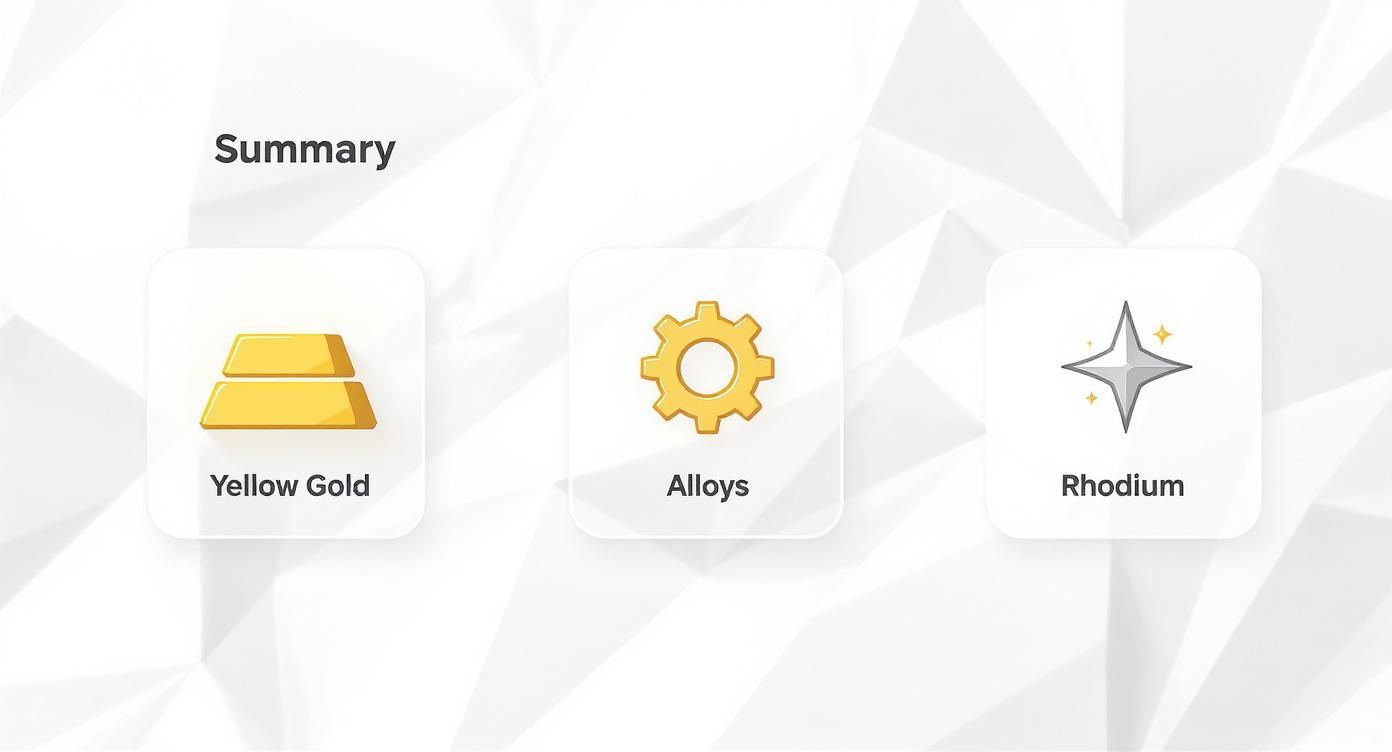
As you can see, it all starts with pure yellow gold, which is then mixed with strong white alloys before getting that final, brilliant rhodium coating.
White Gold vs Other Popular Wedding Band Metals
To see how everything stacks up at a glance, this quick comparison table breaks down the most popular metals side-by-side. It’s a simple way to weigh the pros and cons based on what matters most to you.
| Metal | Appearance | Durability & Hardness | Average Cost | Maintenance |
|---|---|---|---|---|
| White Gold | Bright, silvery-white (plated) | Durable but can scratch. 14k is harder than 18k. | Moderate | Needs rhodium re-plating every 1-2 years to keep its bright white color. |
| Platinum | Naturally silvery-white | Extremely durable; when scratched, the metal moves, it isn't lost. | High | Needs an occasional professional polish to buff out scratches and restore shine. |
| Yellow Gold | Classic warm yellow | Softer than white gold of the same karat; more prone to dents. | Moderate | Requires regular polishing for scratches but no re-plating for color. |
| Silver | Bright white, but can darken | Very soft and scratches easily; not great for a ring you'll wear daily. | Low | Tarnishes easily and needs frequent cleaning to stay bright. |
So, what's the verdict? Choosing a white gold wedding band is a fantastic move if you love the modern look of platinum but need a more approachable price point. It strikes that perfect balance of beauty, strength, and value that has made it a favorite for couples all over the world. Our collection at Precious Pulse Jewelry features an array of 14k and 18k white gold bands perfect for symbolizing your union.
Finding Your Perfect White Gold Wedding Band Style
One of white gold's biggest strengths is its incredible versatility. This bright, silvery metal is the perfect canvas for a huge range of designs, so you’re almost guaranteed to find a style that captures your unique taste and beautifully complements your engagement ring. Think of this section as your personal lookbook—a guide to the most popular wedding bands white gold offers, helping you find "the one."
Whether your personal style is classic and understated or bold and brilliant, white gold can be crafted to match. Its cool, neutral tone is fantastic at enhancing the sparkle of diamonds and provides a clean, crisp backdrop for intricate details. Let's dive into the designs that have captured the hearts of couples everywhere.
Classic Comfort Fit Bands
For anyone who believes in the sheer beauty of simplicity, the classic comfort fit band is the undisputed champion. This timeless design is all about clean lines, a polished surface, and—most importantly—a slightly rounded interior. That subtle curve is what makes the ring slide on so smoothly and rest comfortably on your finger, making it a dream for everyday wear.
This style is the very definition of understated elegance. It doesn't scream for attention; instead, it offers a quiet, confident symbol of your commitment. Its simplicity also makes it the perfect partner for practically any engagement ring, from a stunning solitaire to an elaborate halo design, without ever trying to steal the show.
Dazzling Diamond Bands
If a little (or a lot of) sparkle is on your must-have list, a white gold diamond band is an irresistible choice. The cool, reflective surface of white gold is an exceptional setting for diamonds because it actually amplifies their brilliance, making them appear even whiter and brighter. At Precious Pulse Jewelry, our diamond bands come in a variety of stunning settings.
- Pavé Set Bands: This technique involves setting tiny diamonds very close together, creating a continuous, glittering surface that looks like the entire band is paved with diamonds. It's a delicate and incredibly sparkly look.
- Channel Set Bands: For a more secure and modern feel, diamonds are set into a channel carved into the band, protected by metal walls on either side. This sleek design protects the stones from snags and impacts, making it as practical as it is brilliant.
Diamond bands add a whole new layer of luxury and fire to a wedding ring. A recent survey showed that nearly 40% of brides now opt for a wedding band with diamonds, proving that the desire for extra sparkle to mark the big day is as strong as ever.
Choosing a diamond band also gives you the chance to match the diamond shape and setting style of your engagement ring, creating a truly breathtaking and cohesive bridal set.
Vintage-Inspired Engraved and Milgrain Bands
For those with a romantic soul and a love for old-world charm, vintage-inspired bands offer a beautiful escape from modern simplicity. These styles lean on detailed craftsmanship to create a ring that feels like a treasured heirloom, and white gold provides the perfect crisp canvas for these delicate touches.
Two key features really define this style:
- Engraving: Skilled artisans carve intricate patterns—like floral motifs, swirling leaves, or geometric designs—directly onto the band's surface.
- Milgrain: This detail involves adding a row of tiny, decorative metal beads along the ring's edges. It creates a delicate, textured border that beautifully frames the design.
These details add a wonderful sense of depth and history to a ring, making your white gold wedding band feel truly one-of-a-kind.
Modern Brushed and Matte Finish Bands
Not everyone is after a high-shine, reflective finish. For a more contemporary and subtle look, brushed or matte finishes are a sophisticated alternative. These non-reflective textures are created by treating the surface of the white gold to diffuse light rather than reflect it directly.
A brushed finish has fine, parallel lines that give the ring a soft, satin-like texture. A matte finish, on the other hand, is completely non-reflective, giving it a smooth, frosted appearance. These modern styles are perfect for someone who appreciates minimalist design and are especially popular for men's wedding bands. Plus, they have a great practical benefit: they're much better at hiding minor scratches and scuffs than a highly polished band.
Keeping Your White Gold Band Looking Brand New
A white gold wedding band is built to last a lifetime, but a little intentional care is what keeps its brilliant shine going strong for just as long. You don't need a complicated routine to preserve its beauty—it's really about forming a few simple, practical habits that protect your investment.
Think of it as a small act of love for a symbol of your lifelong commitment. The key is blending daily awareness with periodic professional maintenance. Once you understand what your ring needs, you'll find it's easy to keep it looking as stunning as the day you first put it on.
Simple Daily Care Habits
The easiest way to care for your white gold wedding band is knowing when to take it off. As durable as it is, white gold isn't indestructible, and some activities can definitely speed up the wear and tear.
To keep your ring safe and minimize exposure to harsh elements, it's a good idea to remove it during activities like these:
- Intense Workouts: Gripping weights or handlebars can scratch or even bend the band over time.
- Household Cleaning: Chemicals found in bleach and other cleaners are notorious for damaging both the rhodium plating and the metal alloy itself.
- Swimming: Chlorine is particularly harsh on jewelry. Pools and hot tubs can cause discoloration and weaken the metal.
- Gardening: Abrasive dirt, small rocks, and general grit can easily cause surface scratches.
For at-home cleaning, a gentle bath is all it takes. Just soak your ring in a bowl of warm water with a few drops of mild dish soap for about 15-20 minutes. After, use a soft-bristled toothbrush to gently scrub away any buildup, rinse it well, and pat it dry with a soft, lint-free cloth.
Understanding Rhodium Re-Plating
The single most important part of white gold maintenance is understanding its rhodium plating. As we've covered, this brilliant outer layer is what gives the ring its crisp, silvery-white finish. Over time, friction from daily wear causes this layer to gradually wear away, revealing the slightly warmer, natural tone of the white gold alloy underneath.
This is a completely normal and expected part of owning a white gold ring. Most jewelers recommend having your wedding band professionally re-plated with rhodium every 12 to 24 months to restore its original dazzling shine.
Think of it like getting a professional detail for a luxury car—it’s just a routine refresh that brings back that showroom sparkle. The process is quick, straightforward, and ensures your ring always looks its absolute best. With the growing demand for wedding rings, proper care has become more important than ever for preserving these symbols of love, a trend explored in this wedding ring market and material preferences industry report. It’s a small price to pay for a lifetime of brilliance.
Essential Tips for Buying Your White Gold Band
Shopping for your wedding bands white gold should be exciting, not intimidating. This ring is a huge symbol of your future together, so feeling confident in your choice is everything. A little planning goes a long way, helping you navigate everything from the budget to finding a jeweler you genuinely trust.
The best place to start? Setting a realistic budget. Knowing what you're comfortable spending immediately narrows down the options, letting you focus on the styles and details that truly matter without feeling overwhelmed. It keeps the process fun, which is exactly how it should be.
Choosing a Reputable Jeweler
Honestly, finding a trustworthy jeweler is the single most important part of this journey. A great jeweler isn't just a salesperson; they're your guide, offering clear information and standing behind their craftsmanship. You're not just buying a ring, you're investing in their expertise.
Here’s what to look for in a reliable professional:
- Certifications: If your band has diamonds, they should come with certifications from reputable labs like the Gemological Institute of America (GIA). This is your guarantee of an unbiased quality assessment.
- Positive Reviews: Check what past customers are saying online. Consistent, glowing feedback about their service, quality, and support after the sale is a huge green flag.
- Clear Policies: A professional will have straightforward, easy-to-find policies for returns, resizing, and warranties. This protects you and gives you total peace of mind.
Getting a bit of background knowledge can make a massive difference. A good primer on how to choose an engagement ring can give you some fantastic insights into metals and settings that are just as relevant for wedding bands.
Getting the Details Right
Once you’ve found a jeweler you click with, it’s time to dial in on the ring itself. The small stuff—like the gold's quality and getting the perfect fit—is what makes all the difference in the long run.
Globally, gold still dominates the jewelry market. Yellow gold leads with a 43% market share, followed by rose gold at 31%, leaving white gold with a strong 26%. This popularity means you’ll have plenty of options, so knowing what you’re looking at is key.
The most important detail for your white gold band is its karat. Most are either 14k or 18k, which tells you how much pure gold is in the mix. While 18k gold has more pure gold, 14k is more durable and a better choice for a ring you'll wear every single day.
If your band includes diamonds, getting familiar with the 4Cs—Cut, Color, Clarity, and Carat—will help you understand their quality and value. You can dive deeper into how karat affects durability in our guide, What is 14k Gold?.
And finally, always get professionally sized by your jeweler. A perfect fit right from the start saves you the headache and potential cost of resizing later, especially if you fall for a more intricate design.
Common Questions About White Gold Wedding Bands
When you're choosing a symbol as important as a wedding band, you want to feel 100% confident in your decision. We've gathered some of the most common questions couples have about wedding bands white gold, with clear, direct answers to give you complete peace of mind.
Think of this as your final checklist to clear up any lingering doubts. From replating schedules to skin sensitivities, let's get into the details so you can focus on finding the perfect ring.
How Often Will My White Gold Ring Need New Plating?
Most white gold wedding bands will need a fresh coat of rhodium plating every 12 to 24 months. This quick and easy process restores that brilliant, silvery-white finish and makes the ring look brand new again.
Of course, the exact timing really comes down to your lifestyle. Things like how often you wear it, what you do every day, and even your unique skin chemistry can speed up or slow down how quickly the plating wears. You'll know it's time for a refresh when you start to notice a faint, warm, or yellowish tint peeking through—that's just the natural color of the underlying gold alloy saying hello.
Is White Gold A Good Choice For Sensitive Skin?
For most people, yes, white gold is a fantastic choice, but there's a key detail to consider. The outer rhodium plating is completely hypoallergenic, creating a safe barrier between the metal and your skin. The potential issue is with the alloy underneath. Some white gold is mixed with nickel, which is a common skin allergen.
If you have a known nickel sensitivity, the best practical advice is to be proactive. You can either choose a nickel-free white gold wedding band, which uses a hypoallergenic metal like palladium in its alloy, or opt for a naturally hypoallergenic metal like platinum for guaranteed comfort. Many jewelers, including Precious Pulse Jewelry, offer nickel-free options.
Can I Get A White Gold Wedding Band Resized?
Yes, in most cases, a skilled jeweler can resize a white gold ring without any trouble. Plain, simple bands that don't have any stones are the easiest to adjust, whether you need to go up or down a size.
However, resizing can get a bit trickier with certain styles.
- Eternity Bands: Rings with diamonds or detailed engravings that go all the way around are often difficult, if not impossible, to resize without disrupting the pattern.
- Intricate Designs: Bands with complex patterns or mixed metals can also be a challenge for jewelers.
The best move is always to get your finger professionally sized before buying. It's also smart to chat with your jeweler about resizing possibilities upfront to avoid any headaches down the road.
Find the perfect symbol of your love at Precious Pulse Jewelry. Explore our stunning collection of wedding bands designed to last a lifetime. Discover your perfect ring today at Precious Pulse Jewelry.
